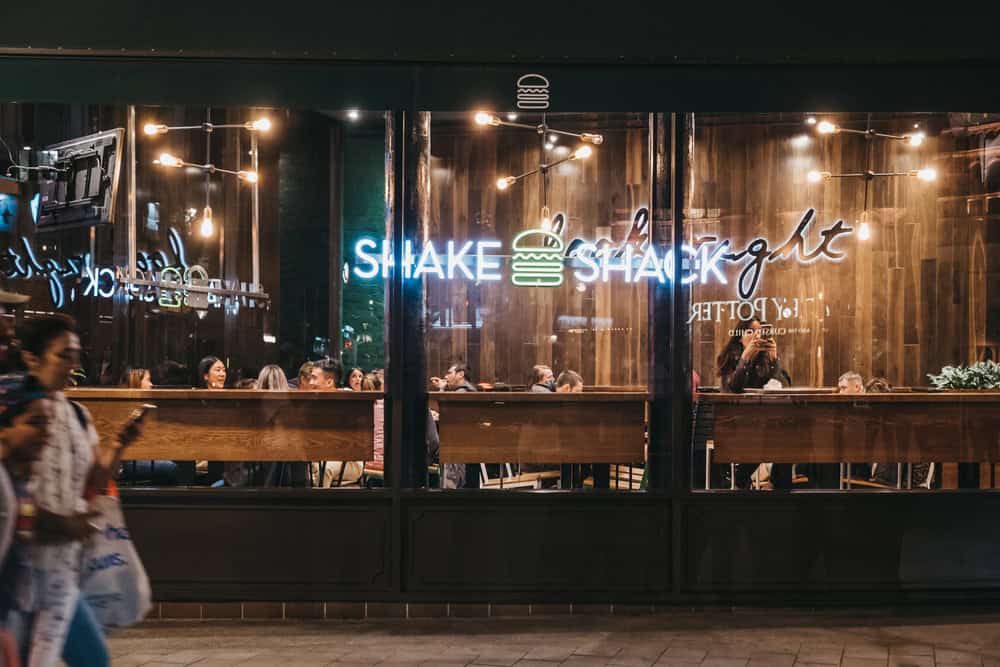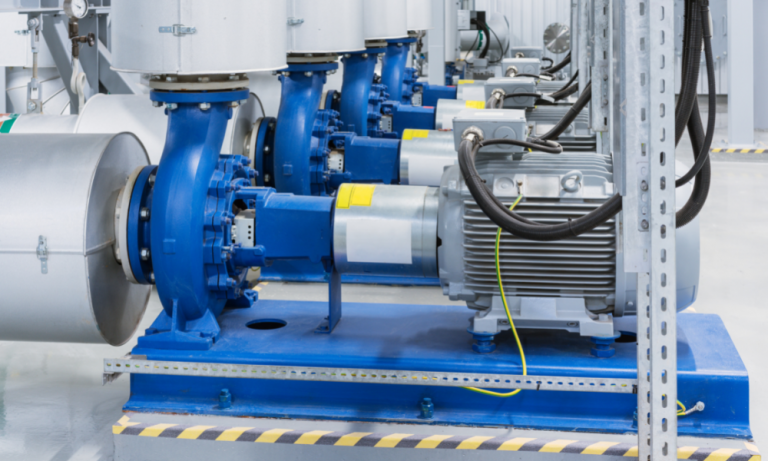From Paper to Pixels: The Impact of Digital Booking on Restaurant Management
This post contains affiliate links. Click here to read my affiliate policy.
Last Updated on September 27, 2025

The restaurant industry is undergoing a profound transformation. Diners no longer accept the old rituals of calling to book a table, waiting for confirmation, or arriving only to find the reservation misplaced. Instead, they expect the same streamlined, digital convenience they experience in shopping, travel, and everyday services. How Digital Table Reservation Systems Are Transforming the Restaurant Industry is more than a catchphrase—it’s a real shift that touches every aspect of hospitality, from the way staff plan service to the way guests experience a brand before ever stepping through the door.
This transformation isn’t about replacing human interaction but enhancing it. By automating routine tasks, restaurants can deliver personalized, attentive service where it matters most. With accurate data at their fingertips, managers can better predict demand, avoid overbooking, and maximize occupancy. For customers, the process becomes simple and intuitive: they can see availability, book instantly, and even share special requests—all without waiting on hold. Embracing this digital shift isn’t optional for restaurants that want to stay competitive; it’s essential for meeting the expectations of a new generation of diners.
The Shift from Traditional to Digital Reservations
For decades, the reservation book was a symbol of order in the chaos of restaurant service—a paper ledger filled with names, times, and hopes that the handwriting was legible. But the reality was rarely neat. Double-bookings, lost reservations, and last-minute changes left staff scrambling and guests frustrated. The move to digital isn’t just a change of medium but a rethinking of the entire process. Online reservation systems bring real-time accuracy, integrations with point-of-sale systems, and guest communication tools that make the experience smoother on both sides.
Staff gain instant access to up-to-date reservation data, helping them plan seating, manage covers, and avoid awkward shuffles during service. Managers can analyze trends, track no-shows, and make informed decisions about staffing and promotions. For guests, the advantages are obvious: they can book any time, get immediate confirmation, and know exactly what to expect. This level of transparency builds trust and positions a restaurant as modern and professional. Importantly, the shift to digital reservations isn’t about removing human touch—it’s about reallocating staff energy toward creating memorable experiences rather than chasing down lost bookings.
In fact, adopting tools to streamline restaurant operations with Tableo is more than an operational upgrade. It represents a commitment to customer-centric service that meets guests where they are—online, mobile, and always connected. Digital reservations help restaurants personalize experiences, reduce errors, and drive loyalty. They’re not just a technological convenience but a strategic advantage in a crowded, competitive market.
“Digitizing reservations isn’t just about replacing the old book – it’s about redesigning the entire guest journey for a more connected, efficient and satisfying experience.”
Key Benefits of Online Reservation Systems for Restaurants
Embracing an online reservation system isn’t merely about handling bookings—it’s about unlocking a powerful toolkit for success. One of the most compelling benefits is efficiency. Staff no longer spend valuable minutes fielding phone calls, scribbling notes, or double-checking with colleagues about table availability. Instead, reservations flow directly into an organized system, updating in real time and accessible to everyone who needs it. This streamlines service, reduces miscommunication, and frees staff to focus on hospitality rather than administration.
For customers, the advantages are equally persuasive. The ability to book anytime, anywhere, and receive instant confirmation has become the standard. Guests can share dietary preferences or special requests in advance, making their experience feel personal and cared for before they even arrive. A positive booking experience sets the tone for the entire visit. When customers feel that a restaurant understands their needs, they’re more likely to return and recommend it to others. This level of convenience also reduces no-shows, as automated reminders keep guests accountable and informed.
Beyond efficiency and convenience, online reservation systems deliver valuable business insights. Managers gain access to data that was once impossible to collect manually: booking patterns, peak times, guest preferences, and no-show rates. With these insights, they can:
- Optimize staffing schedules to match demand
- Design targeted marketing promotions
- Offer loyalty incentives to repeat customers
- Adjust seating plans to improve turnover without compromising experience
Integrating Digital Reservations into Daily Operations
Introducing a digital reservation system requires more than choosing software—it’s a comprehensive shift in how the restaurant operates. First, owners and managers must select a platform that matches their unique needs. A small, intimate dining room may need different features than a large, multi-room venue or a busy urban eatery. Factors such as integration with point-of-sale systems, ease of use, and customer-facing design all play critical roles in making the right choice.
Staff training is another essential step. Even the most intuitive system can face resistance if employees aren’t comfortable using it. Change often meets skepticism, particularly in hospitality where routines and traditions run deep. Management needs to communicate clearly that the goal isn’t to replace staff or add complexity, but to make their work easier and more rewarding. Investing in hands-on training, encouraging feedback, and addressing concerns proactively help ensure smooth adoption and enthusiastic participation.
Communication with customers is equally important. Simply adding a “Reserve Now” button on the website isn’t enough. Restaurants need to promote the new system actively—through email marketing, social media, in-store signage, and even during phone interactions. At the same time, maintaining alternative booking options for less tech-savvy guests is crucial to avoid alienating loyal patrons. A balanced approach ensures all customers feel welcome, while the majority enjoy the benefits of modern convenience.
| Integration Considerations | Why It Matters |
| POS System Compatibility | Ensures smooth data flow and avoids errors |
| User-Friendly Interface | Reduces staff training time |
| Customer Communication | Confirms bookings and sends reminders |
| Reporting & Analytics | Enables data-driven decision-making |
| Mobile Accessibility | Meets guests where they are |
By carefully planning the transition and prioritizing staff and guest needs, restaurants can turn digital reservations from a logistical headache into a cornerstone of modern hospitality.
The Role of Customer Experience in Driving Adoption
At the heart of any successful reservation system is the customer experience. It’s easy to think of reservations as a back-end process, but in reality, it’s often the first meaningful interaction a guest has with the restaurant. This early touchpoint can set expectations and establish trust before the diner even walks through the door. A seamless, intuitive booking process demonstrates professionalism and care, while a clunky or outdated system sends the opposite message. Restaurants that prioritize this experience signal to guests that they value their time and comfort.
Personalization is another key benefit that modern systems make possible. By collecting and securely storing guest preferences—from dietary restrictions to special occasions—restaurants can tailor the dining experience in ways that foster loyalty and word-of-mouth referrals. Imagine greeting a returning guest by name, offering their favorite table, and remembering their last wine choice. Such gestures transform casual visitors into regulars. Meanwhile, automated communication, like confirmation emails and reminders, reduces the risk of no-shows and reassures guests that their plans are secure.
These benefits aren’t limited to fine-dining establishments. Even casual eateries, pubs, and cafes can elevate their brand by embracing digital reservations. In today’s competitive landscape, convenience isn’t a luxury; it’s an expectation. Customers have grown accustomed to booking hotels, flights, and services online with a few taps on their phones. Restaurants that can meet them in this digital space have a clear advantage over those relying solely on old-fashioned methods. This technological edge translates to better reviews, higher return rates, and a reputation for innovation.
Creating Lasting Value Through Innovation
The move from paper to pixels represents much more than a technological upgrade. It reflects a fundamental change in how restaurants see their relationship with guests. Digital reservation systems are a powerful tool to deliver better service, improve operational efficiency, and gather valuable insights that fuel growth. When thoughtfully implemented, they don’t replace hospitality—they elevate it.
Rather than viewing technology as a cold, impersonal force, forward-thinking operators see it as a way to deepen connections and deliver more memorable experiences. At a time when competition is fierce and customer expectations are higher than ever, embracing these tools is not optional—it’s essential. By making strategic investments today, restaurants can ensure they remain relevant, competitive, and profitable well into the future.






